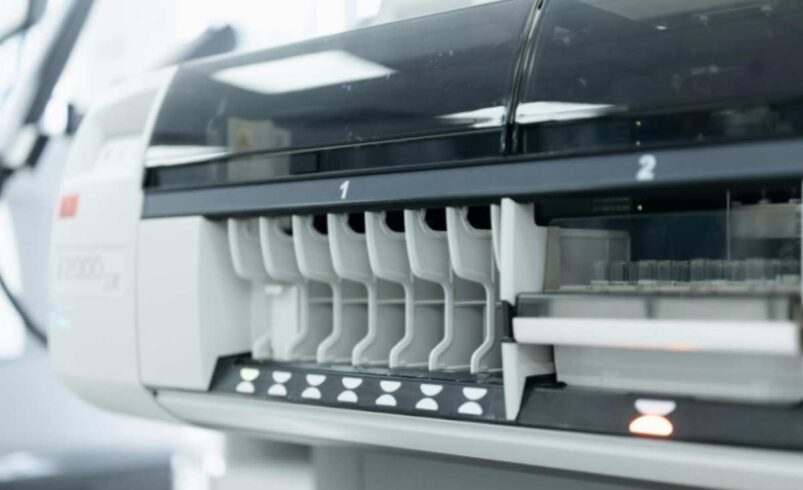The Future of Biomanufacturing: Scalable Cell Line Platforms
Biomanufacturing is changing fast. What once took years to figure out can now be done in months. This isn’t just about making things quicker. It’s about doing things smarter, cleaner, and more efficiently. One of the biggest game changers in this space is how we handle cell lines.
Cell lines are like the engines behind many modern medical breakthroughs. They help produce vaccines, antibodies, and even lab-grown meat. To keep up with rising demand, the industry has started relying on something more powerful: cell line development platforms. These tools are shaking up the way we work with biology and scale up production.
What Are Cell Line Development Platforms?
Let’s break it down. In the past, creating a stable and high-yielding cell line took a ton of trial and error. Labs had to go through tons of samples. Testing, adjusting, testing again. It was slow. It was expensive. And it often hit roadblocks.
Now, with development platforms, a lot of that guesswork is gone. These platforms bring together tools like automation, AI, and data tracking. They help scientists figure out which cell lines work best much faster. They also keep results more consistent.
In other words, they turn a chaotic process into a streamlined one. This shift isn’t just helpful. It’s necessary.
Speed Without Cutting Corners
One of the best parts about using scalable platforms is speed. Companies don’t have to wait around for results that might not pan out. Instead, they can run many experiments in parallel. They also get real-time feedback from their systems.
Speed doesn’t mean you lose accuracy. In fact, these platforms are designed to reduce human error. They track every little change. That means better decisions get made with better data. This is a huge win for research teams who want to move fast but keep their work solid.
Making It Scalable From Day One
A major issue in older biomanufacturing setups was scaling. Something might work fine in a small lab, but fail completely when ramped up to production. That’s not just frustrating. It’s costly.
Modern cell line platforms are built with scale in mind. That means what works in a test run will likely work in a full-sized batch. Companies can plan with more confidence. They won’t need to redo everything once it’s time to go bigger.
This is key in areas like vaccine production. When the world needs doses fast, there’s no time to start over from scratch.
The Role of Automation
Automation is a big deal here. Machines now handle a lot of the repetitive tasks. They pipette. They measure. They run tests. And they do it without needing breaks.
This doesn’t replace scientists. It frees them up. Instead of focusing on routine work, they get to think big. They get to innovate. Automation also brings consistency. Every test gets run the exact same way. That leads to cleaner data and better results.
Plus, automation doesn’t forget things. It keeps records of every step. That helps with compliance and quality control.
Why Data Matters More Than Ever
These platforms don’t just run experiments. They collect massive amounts of data. Every step, every result, every variable—logged and ready for review. This matters a lot.
With the right data, researchers can make better calls. They can see patterns that would take a human weeks to spot. They can adjust things early instead of after something goes wrong. Data isn’t just a byproduct. It’s part of the strategy now.
In fact, many companies are building AI tools into their platforms. These tools help make sense of all that information and suggest the next move.
Lower Costs Over Time
It’s true that building or buying a platform isn’t cheap. It takes a decent investment up front. But once it’s running, it saves money in the long haul.
Fewer failed experiments mean less wasted material. Faster development cycles mean products hit the market quicker. Less time spent fixing errors means more time spent on innovation.
And since these platforms help reduce risk, companies don’t get hit as hard by delays or compliance issues. In a tight industry, that can make all the difference.

Opening the Door to New Therapies
As cell line platforms become more common, the door opens for smaller biotech firms. In the past, only big companies could afford this kind of tech. Now, things are shifting.
Smaller teams can use ready-made platforms or subscribe to cloud-based tools. That means more voices in the space. More experiments. More breakthroughs.
These platforms don’t just make current work faster. They unlock new ideas. Things that used to seem too complex or risky now look doable. That’s how real innovation happens.
Bottom Line
Biomanufacturing has always relied on precision and consistency. But now, it also relies on speed and flexibility. Scalable cell line development platforms bring all these things together.
They help labs move faster. They cut down on errors. They save time and money. And they open the door to new kinds of therapies and ideas.
The future of biotech depends on being able to do more with less. These platforms are a big part of that shift. If your company hasn’t explored them yet, it might be time to start.


